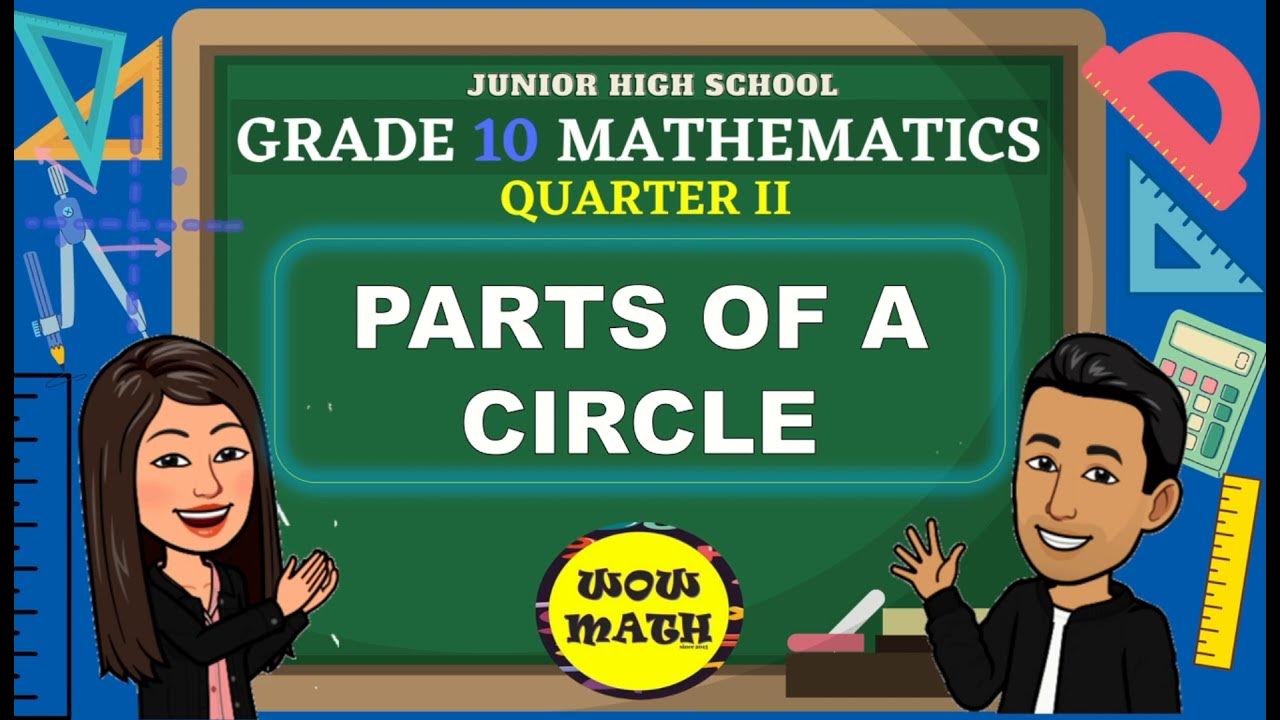ESFERA: Definição, Elementos, Seção esférica, Área e Volume (AULA 13/16)
Summary
TLDRIn this video, the speaker explores the fascinating properties of the sphere, discussing its key elements such as the center, radius, axis, poles, and equator. The speaker explains how the sphere is a solid of revolution and delves into concepts like spherical sections and Pythagorean relationships. The video also covers the formulas for calculating the area and volume of a sphere, with examples demonstrating how to solve related problems. The speaker emphasizes the importance of the radius in determining the sphere's properties, providing clear explanations for both beginners and those looking to deepen their understanding of geometry.
Takeaways
- 😀 The sphere is considered one of the most beautiful solids in geometry.
- 😀 The central elements of a sphere are its center (O) and its radius (R).
- 😀 The axis of the sphere is the line passing through its center.
- 😀 The poles of a sphere refer to the upper and lower fixed points of the sphere.
- 😀 The equator is the largest circumference of the sphere, and parallels are smaller circumferences.
- 😀 The meridian is the vertical maximum circumference of the sphere.
- 😀 The sphere is a solid of revolution created by rotating a semicircle 360 degrees around an axis.
- 😀 A spherical section is a circle formed when a plane intersects a sphere, creating a circle at the point of intersection.
- 😀 The radius of the spherical section is different from the sphere's radius and depends on the distance from the plane to the sphere's center.
- 😀 Understanding the radius allows the calculation of both the surface area and volume of the sphere using the formulas: 4πR² for area and 4/3πR³ for volume.
- 😀 A more complex example demonstrates how to find the radius of a sphere when given a spherical section and its area, using Pythagoras' theorem for related calculations.
Q & A
What is the significance of the center and radius in understanding a sphere?
-The center (O) and radius (R) are the most important elements of a sphere. The center defines the middle of the sphere, while the radius is the distance from the center to any point on the surface, determining the size of the sphere.
What are the key terms related to the sphere's surface mentioned in the script?
-The key terms include the axis (the line passing through the center), poles (North and South), equator (the maximum circumference), parallel (any other circle on the sphere), and meridian (the maximum vertical circumference).
How does the concept of revolution relate to the formation of a sphere?
-A sphere is a solid of revolution. This means that a semicircle, when rotated 360º around a specific axis, forms the sphere.
What is a spherical section, and how is it formed?
-A spherical section is a circle formed by the intersection of a sphere with a plane. If a plane cuts through the sphere, the resulting cross-section is a circle, which is the spherical section.
How do you calculate the radius of a spherical section?
-To calculate the radius (r) of a spherical section, you use the Pythagorean theorem. The formula is r² = R² - D², where R is the radius of the sphere, and D is the distance from the center of the sphere to the plane creating the spherical section.
How do you find the area of a sphere if you know the volume?
-Given that the volume of a sphere is V = (4/3)πR³, you can solve for the radius R using the given volume. Once you have the radius, you can calculate the surface area using the formula A = 4πR².
Why does the volume and area of a sphere with radius 3 have the same numerical value?
-For a sphere with a radius of 3, the volume (V = 4/3πR³) equals 36π, and the surface area (A = 4πR²) equals 36π as well. This happens because of the specific mathematical properties of the number 3.
What are concentric spheres, and how are they related in this problem?
-Concentric spheres share the same center. In the problem, the smaller sphere has a radius of 9 cm, and there is a larger sphere that contains it. The larger sphere has a spherical section created by a tangent plane to the smaller sphere.
How is the radius of the larger sphere calculated in this example?
-The radius of the larger sphere is calculated using the Pythagorean theorem. Given the radius of the spherical section (12) and the radius of the smaller sphere (9), you can calculate the radius of the larger sphere (R = 15 cm).
What is the formula for the volume of a sphere, and how is it applied in this context?
-The formula for the volume of a sphere is V = (4/3)πR³. In this context, after finding the radius of the larger sphere (15 cm), you substitute it into the formula to find the volume.
Outlines

此内容仅限付费用户访问。 请升级后访问。
立即升级Mindmap

此内容仅限付费用户访问。 请升级后访问。
立即升级Keywords

此内容仅限付费用户访问。 请升级后访问。
立即升级Highlights

此内容仅限付费用户访问。 请升级后访问。
立即升级Transcripts

此内容仅限付费用户访问。 请升级后访问。
立即升级5.0 / 5 (0 votes)






